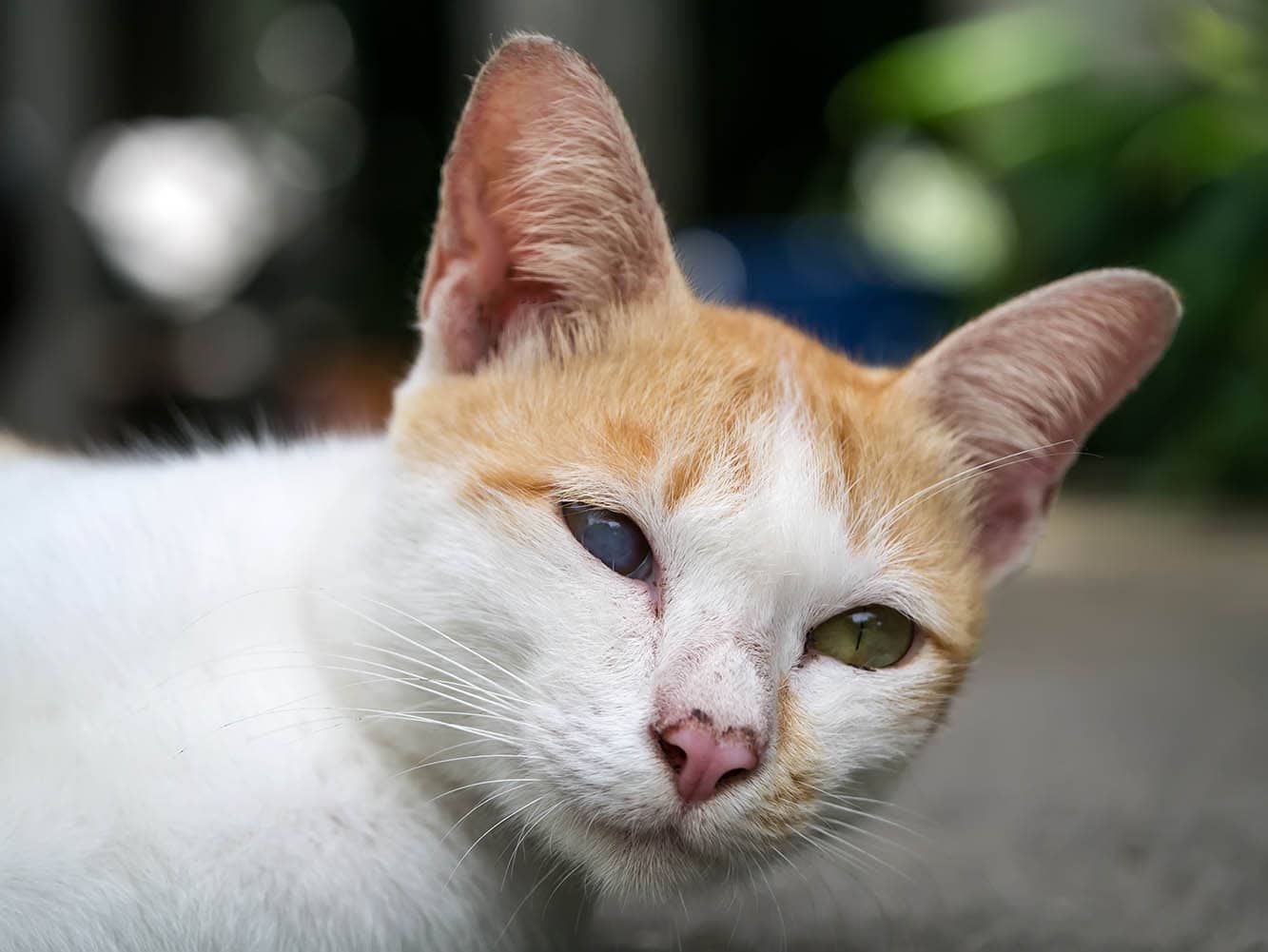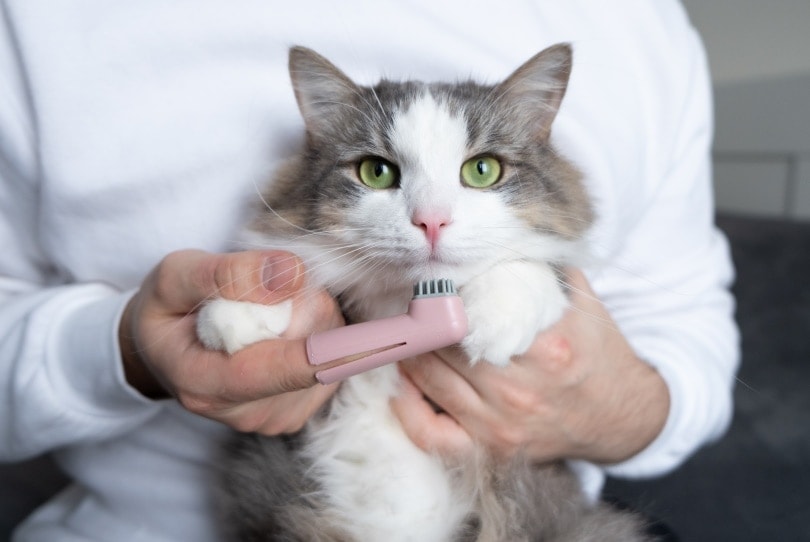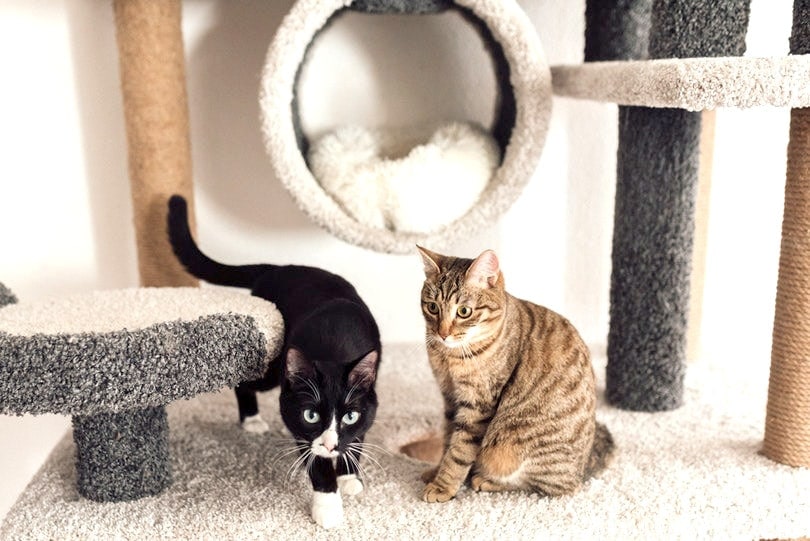10 Best Hypoallergenic Cat Breed: Vet-Approved Facts & FAQ
Updated on
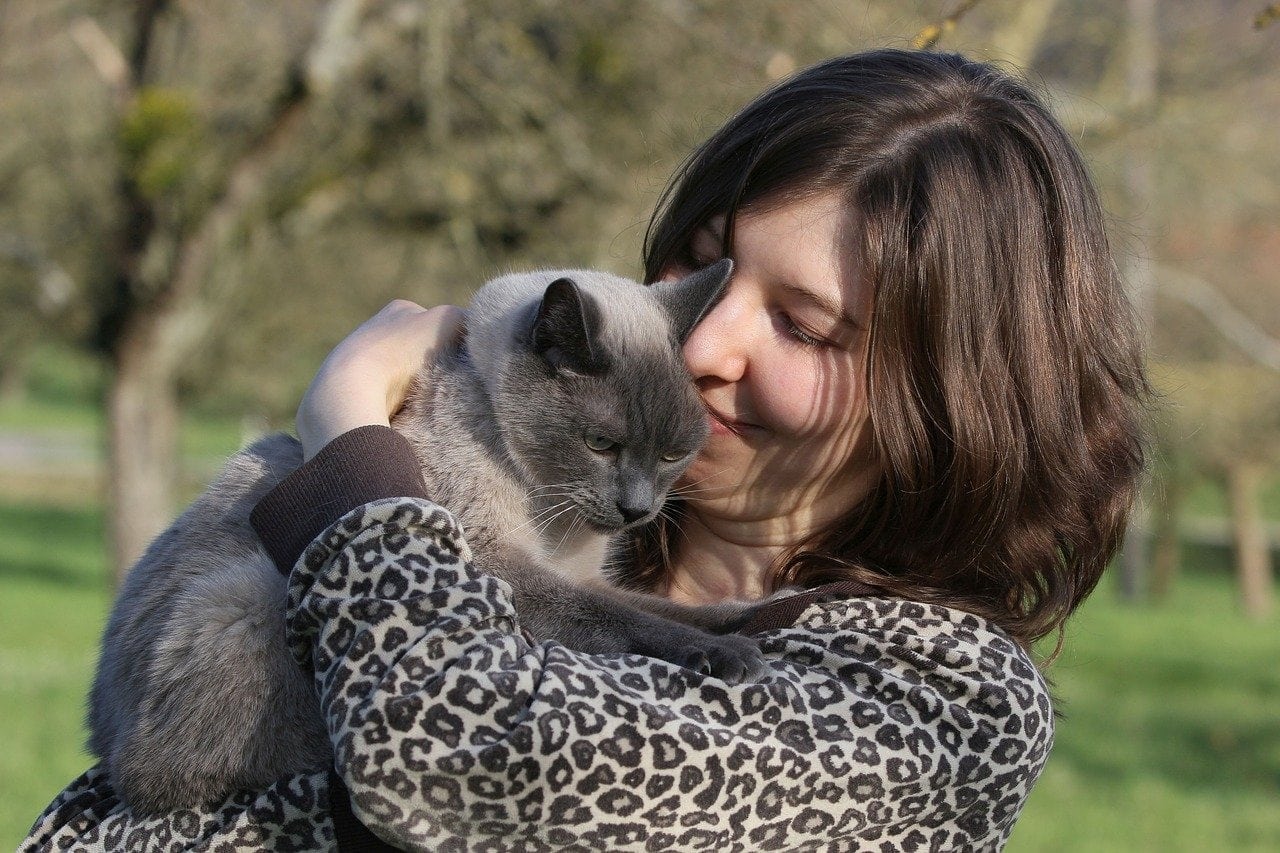
Just because you have allergies does not mean that you can’t enjoy the company of a cat. There are many different cat breeds in existence, and some of them have certain qualities that make it more likely for people with allergies to be able to enjoy their company. Keep in mind that no cat is truly hypoallergenic, and they all produce allergens through their skin and saliva. The most common one is known as Fel d 1, which is a protein secreted by the cat’s sebaceous, salivary, and perianal glands.
To date, the World Health Organization has recognized eight potentially allergenic1 albumins and danders secreted by cats. However, besides Fel d 1, the rest are less common cases and are therefore considered secondary allergens. Any of these allergens can cause a reaction in one person but not another, and some people are allergic to more than one cat allergen.
Other important considerations are that there can be great variation in the allergen levels produced between individual cats of the same breed, as well as during the different life stages of the same cat.
However, most individuals within certain cat breeds have qualities that make them more allergen-friendly. If you are allergic to cats but are still interested in having one as a pet, consider adopting one of the following hypoallergenic cat breeds.
The 10 Best Hypoallergenic Cat Breeds
1. Oriental Shorthair
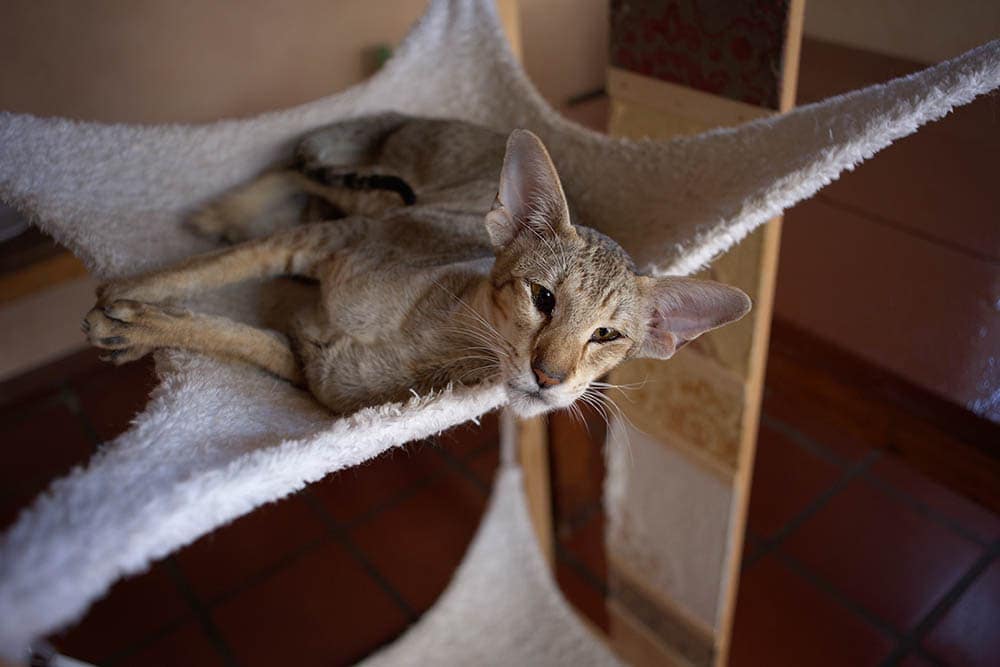
These cats are not technically hypoallergenic, but they produce less hair and dander than the typical cat breed does. This cat’s fine, short hair sheds only lightly, and they do not produce much dander. Daily combing and an occasional bath may keep this cat hair-free enough for allergic humans to spend time with them.
2. Javanese
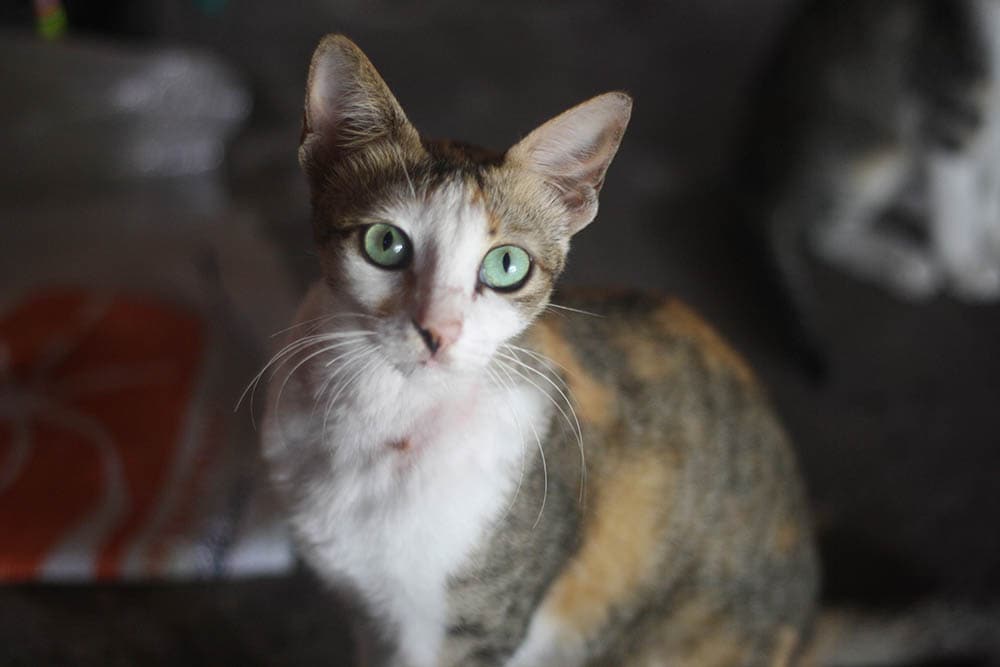
These cats rarely shed and leave hair behind, which makes them a great pet option for those who suffer from allergies. They are also considered to produce low amounts of dander, which is a big factor when it comes to cats triggering allergic reactions in humans. They also tend to produce less of the feline d1 protein that is known to cause allergies.
3. Balinese
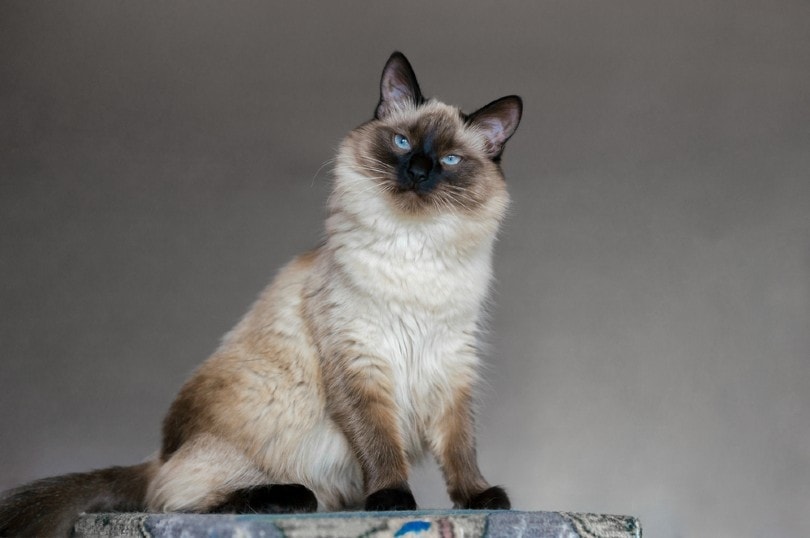
While the Balinese cat has long hair, they seem to produce low amounts of allergens, just like short, sleek-haired cats do. They also happen to shed less than most cats, which not only benefits those with allergies but also makes cleanup easy. Their long hair does not typically develop tangles either, which makes them easy to groom.
4. Cornish Rex
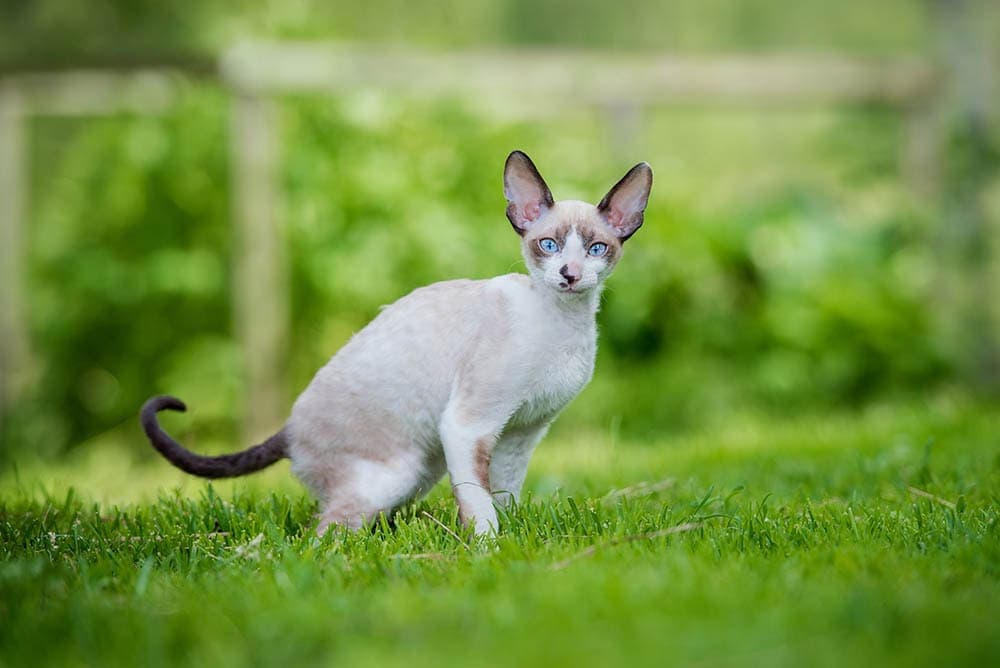
The reason that this cat breed is considered hypoallergenic to humans is that their unique curly hair is very low shedding. They release less dander and few allergens. They also happen to shed lightly throughout the year, although shedding tends to get heavier during the summer months. All in all, this is a cat that any allergic person should consider adding to their household.
5. Devon Rex
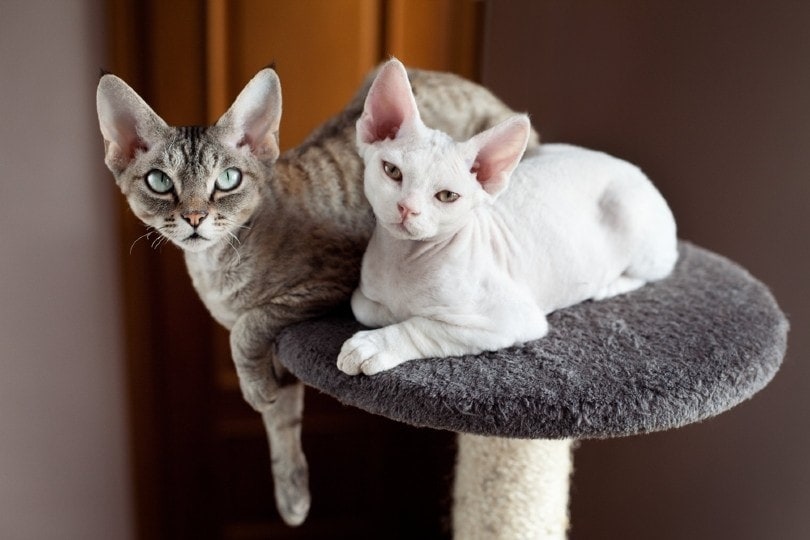
This may sound like a dog breed, but the Devon Rex is a unique-looking cat. These intelligent cats originated in England sometime in the 1950s. They have short, thin coats that rarely shed, making them a potentially good pet for allergy sufferers.
6. Sphynx
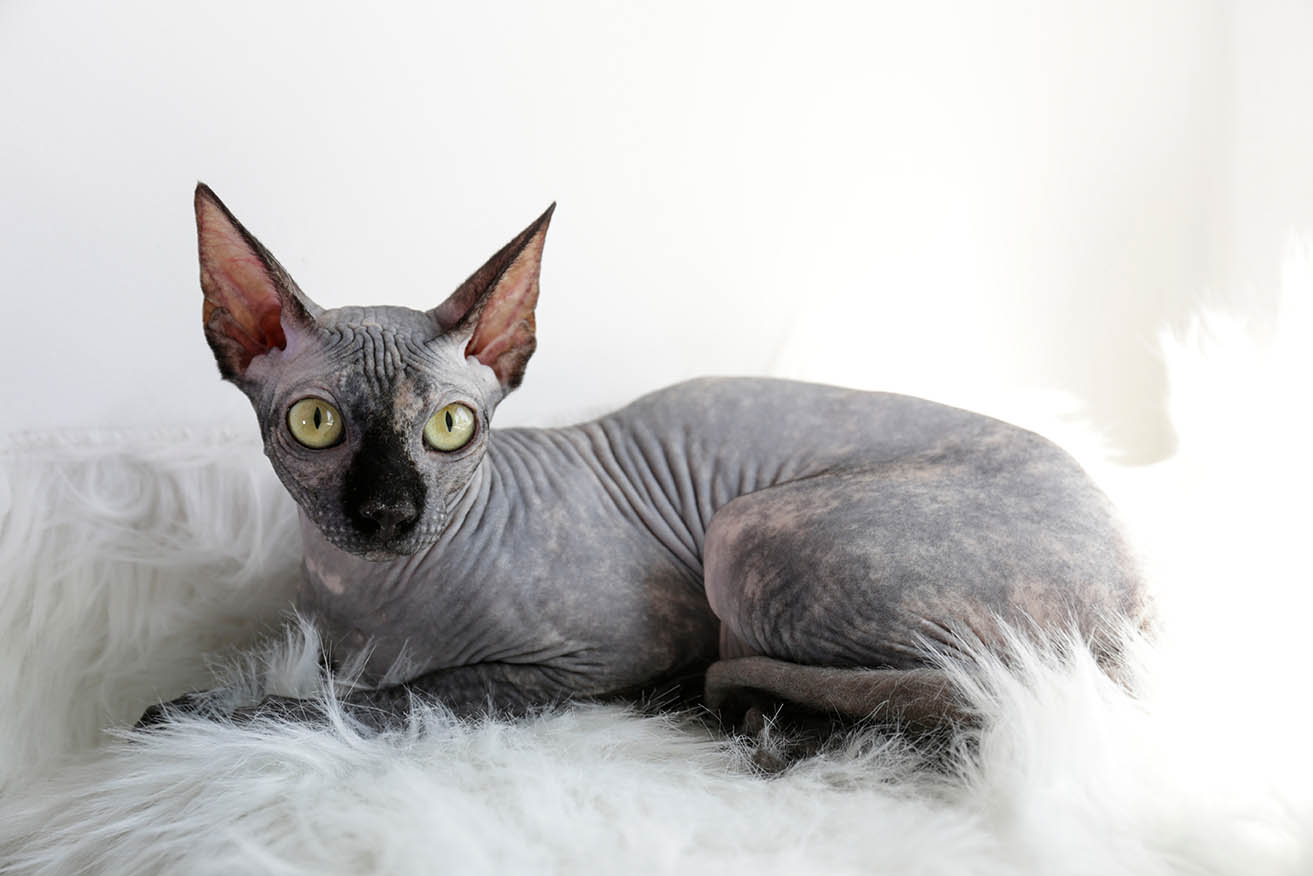
One big reason these cats make good pets for humans with allergies is that they don’t have very much hair. Therefore, they do not shed and the allergens do not spread around your house. These are not the softest cats to cuddle, but they are loving and affectionate.
7. Russian Blue
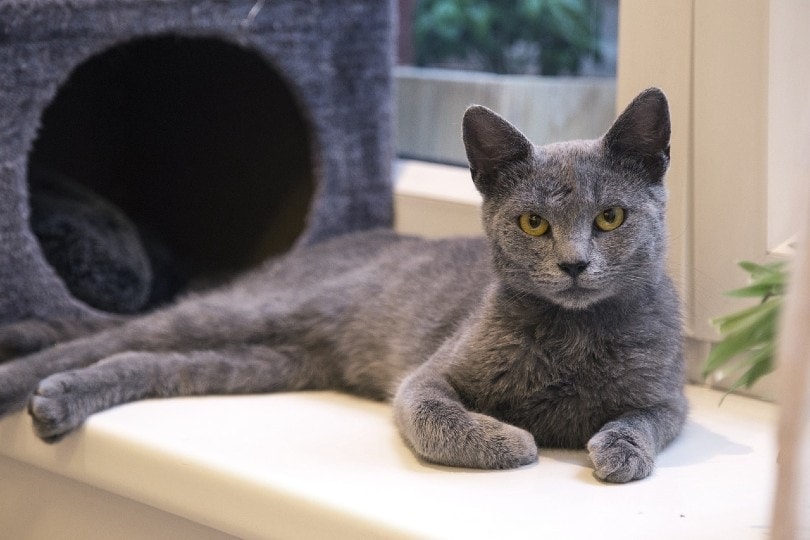
Russian Blues shed and produce dander just like most other cat breeds, but they produce little Fel d1, which is a protein known for causing allergic reactions in humans. These adorable cats are fluffy and typically look chubby, although they are not. They typically have round cheeks, pointy ears, and outgoing personalities.
8. Bengal
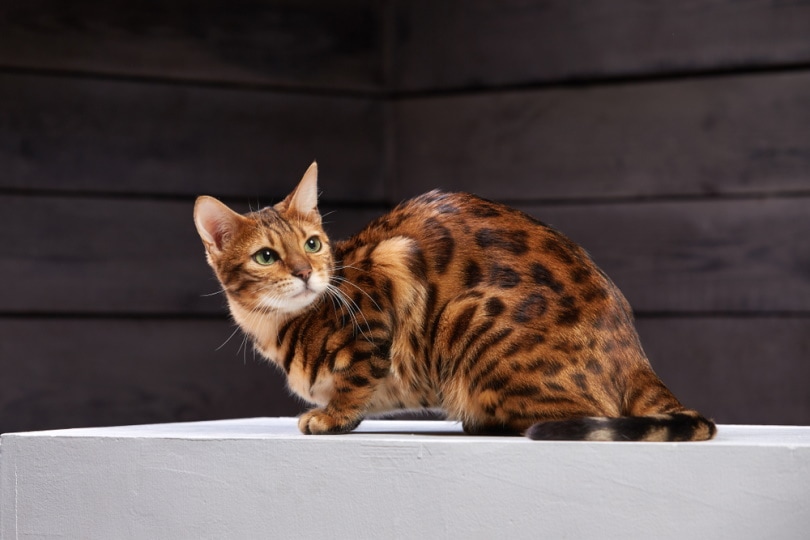
The Bengal has a thin, fine coat that sheds often but lightly. They produce little dander, so the hair that is shed does not typically bother those who suffer from allergies if the hairs are cleaned up regularly. These cats have an exotic look, and they require little grooming maintenance as they age. Bengal cats are also independent and easy for people with busy schedules to take care of.
9. Siberian
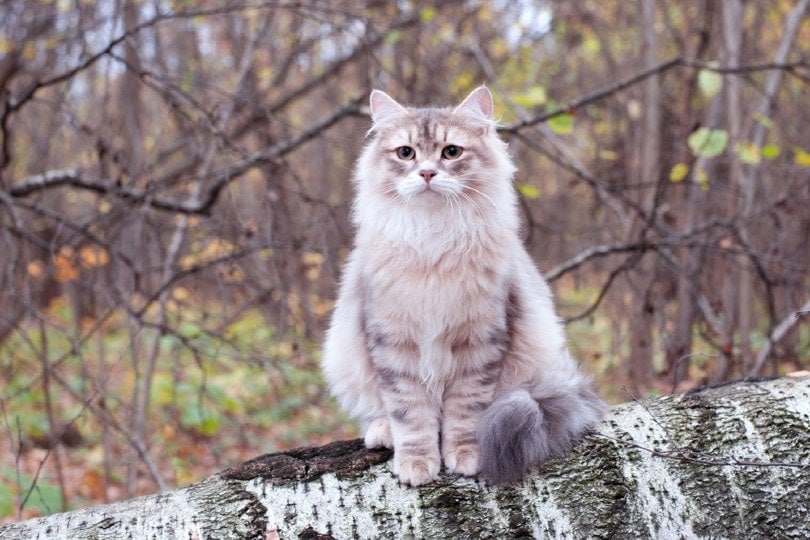
Although Siberian cats are long-haired and tend to shed frequently, they are considered hypoallergenic because they produce only a small amount of the Fel d1 protein. Those with severe allergic reactions to cats may not be able to handle this long-haired cat, but those with moderate reactions should find this breed suitable as a pet.
10. Ocicat
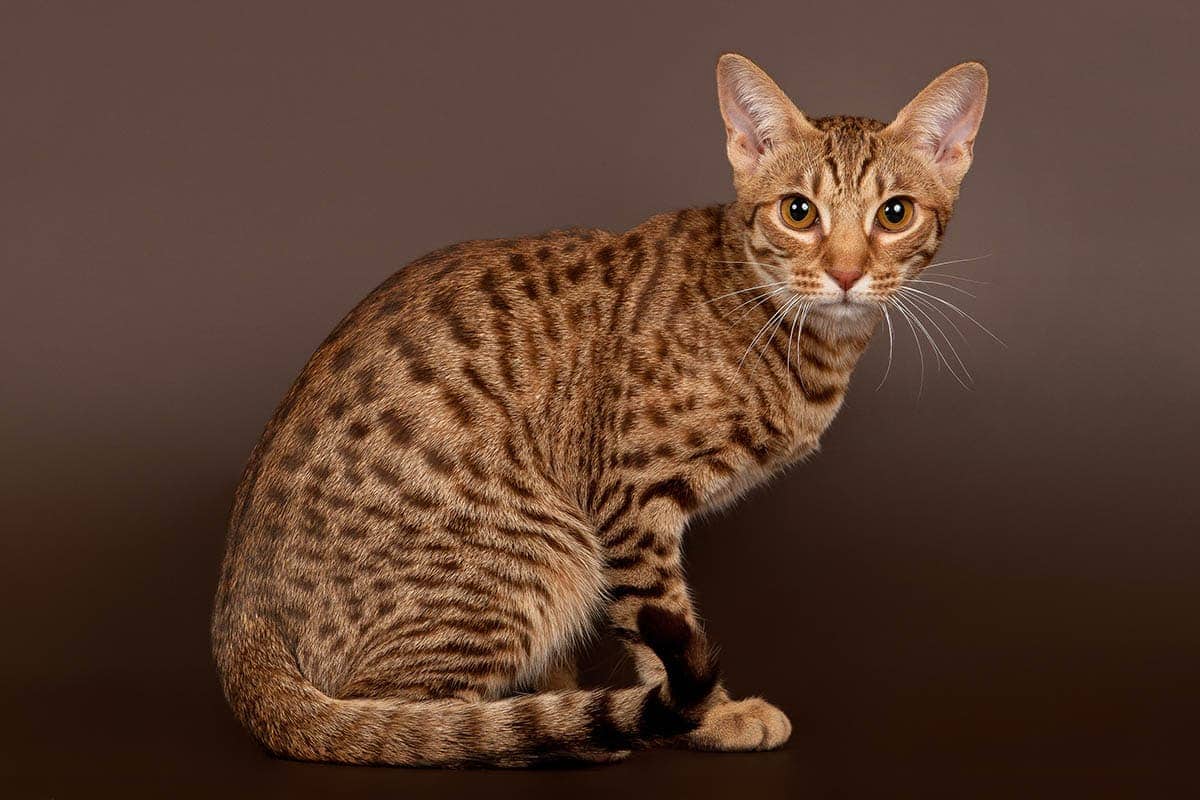
Ocicats tend to produce low amounts of dander and shed little throughout the year. What is unique about these cats is that they require little to no grooming, and they should not need to be cleaned up after to minimize hair shedding around the house.
Conclusion
While there is not a truly hypoallergenic cat, these breeds can usually be tolerated by those who have allergies to felines. Depending on the extent of allergies that a person has, some of these cat breeds may or may not be suitable.
The cat breeds presented in this list are known to either shed less or produce less Fel d 1 protein. Since hairs work as a vector that transports the allergen around the house and helps it get into the air, breeds that do not shed result in less accumulated allergens around the house.
Regardless of the breed of cat you choose, avoiding carpeted floors and regularly vacuuming the house will be necessary to prevent allergen accumulation. Regularly washing your hands after petting your cat might also help to prevent flare-ups.
Since cats from the same breed can present a variation of the Fel d 1 protein, it is a good idea to visit each individual in person to see if you experience any allergic reactions.
Make an appointment with an allergist, as newly available anti-allergy therapy might finally put an end to, or at least help to manage, your symptoms.
Featured Image Credit: Uschi Dugulin, Pixabay



